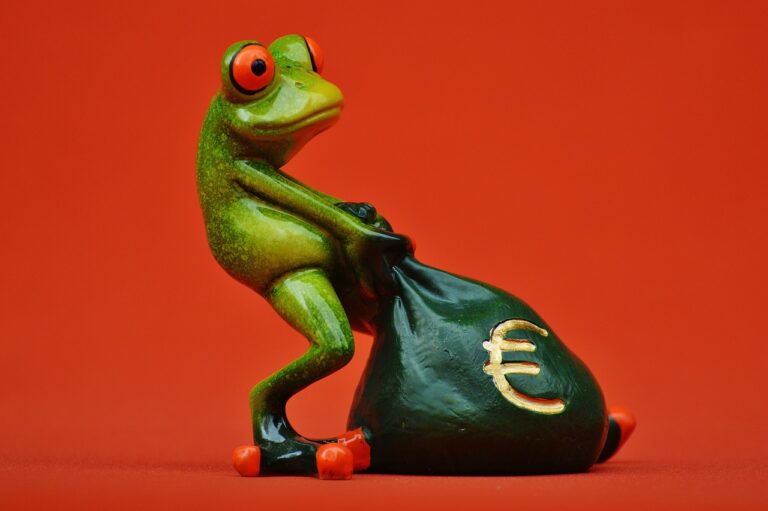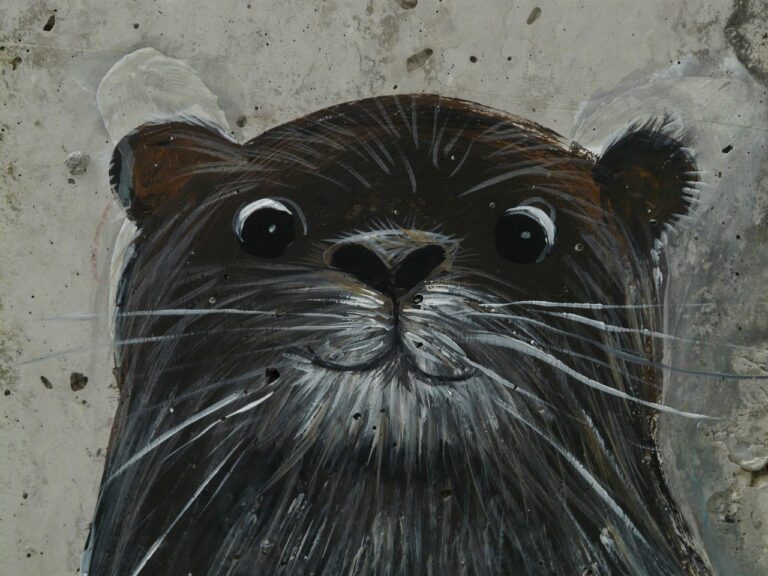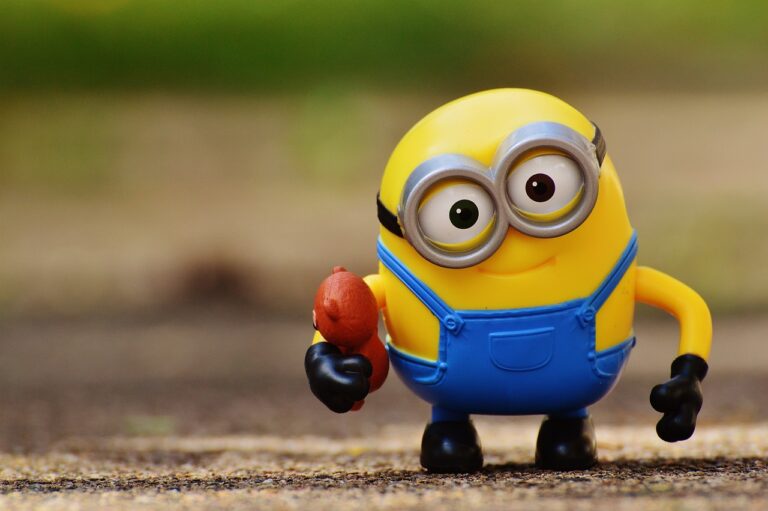The Future of 3D Printing in Set Design and Production
3D printing technology has experienced significant advancements in recent years. One major breakthrough is the introduction of faster printing speeds, allowing for quicker production of prototypes and final products. This has revolutionized the manufacturing industry, reducing lead times and increasing overall efficiency.
Moreover, improved material options have expanded the capabilities of 3D printing. From plastics to metals and even food, the range of materials that can be utilized has grown substantially. This versatility enables the creation of complex structures and customized designs that were previously challenging to achieve through traditional manufacturing methods.
Impact on Set Design Industry
3D printing technology has revolutionized the set design industry by offering a more efficient and cost-effective way to create intricate and detailed props, scenery, and set pieces. Designers can now turn their digital creations into physical objects with precision and speed, reducing lead times and production costs significantly.
The ability to quickly prototype and iterate designs has allowed set designers to experiment more freely and push the boundaries of creativity. With 3D printing, custom-made props and sets can be produced on-demand, giving designers more control over the creative process and enabling them to bring their vision to life in ways that were once unthinkable.
• 3D printing technology has revolutionized the set design industry
• More efficient and cost-effective way to create intricate props, scenery, and set pieces
• Designers can turn digital creations into physical objects with precision and speed
• Reduces lead times and production costs significantly
The impact of 3D printing on the set design industry goes beyond just efficiency and cost savings. It has also opened up new possibilities for creativity and innovation. Set designers are no longer limited by traditional manufacturing techniques and can now explore more complex designs that were previously too difficult or expensive to produce.
Furthermore, 3D printing allows for greater customization and personalization in set design. Designers can easily modify designs based on specific requirements or preferences, giving them more freedom to tailor their creations to fit the unique needs of each project.
Overall, 3D printing technology has transformed the set design industry by providing a versatile tool that empowers designers to bring their creative visions to life in ways that were once unimaginable.
Benefits of 3D Printing in Production
3D printing technology has revolutionized the production industry by offering a cost-effective and efficient way to create prototypes and final products. Traditional manufacturing methods often involve large production runs and extensive setup costs. However, with 3D printing, manufacturers can easily produce small batches of customized products without the need for expensive tooling equipment.
Another key benefit of 3D printing in production is the ability to rapidly iterate and optimize designs. Design modifications can be quickly implemented and tested, allowing for faster product development cycles. This agility enables manufacturers to stay ahead of the competition and respond swiftly to market demands.
What are some of the recent advancements in 3D printing technology?
Some recent advancements in 3D printing technology include faster printing speeds, improved printing materials, and increased precision in printing complex shapes.
How has 3D printing technology impacted the set design industry?
3D printing technology has revolutionized the set design industry by allowing designers to create intricate and detailed sets at a much faster pace and with greater accuracy. It has also facilitated the production of customized props and set pieces.
What are some of the key benefits of using 3D printing in production?
Some of the key benefits of using 3D printing in production include cost savings, faster production times, increased design flexibility, and the ability to create complex geometries that would be difficult or impossible to achieve using traditional manufacturing methods.







